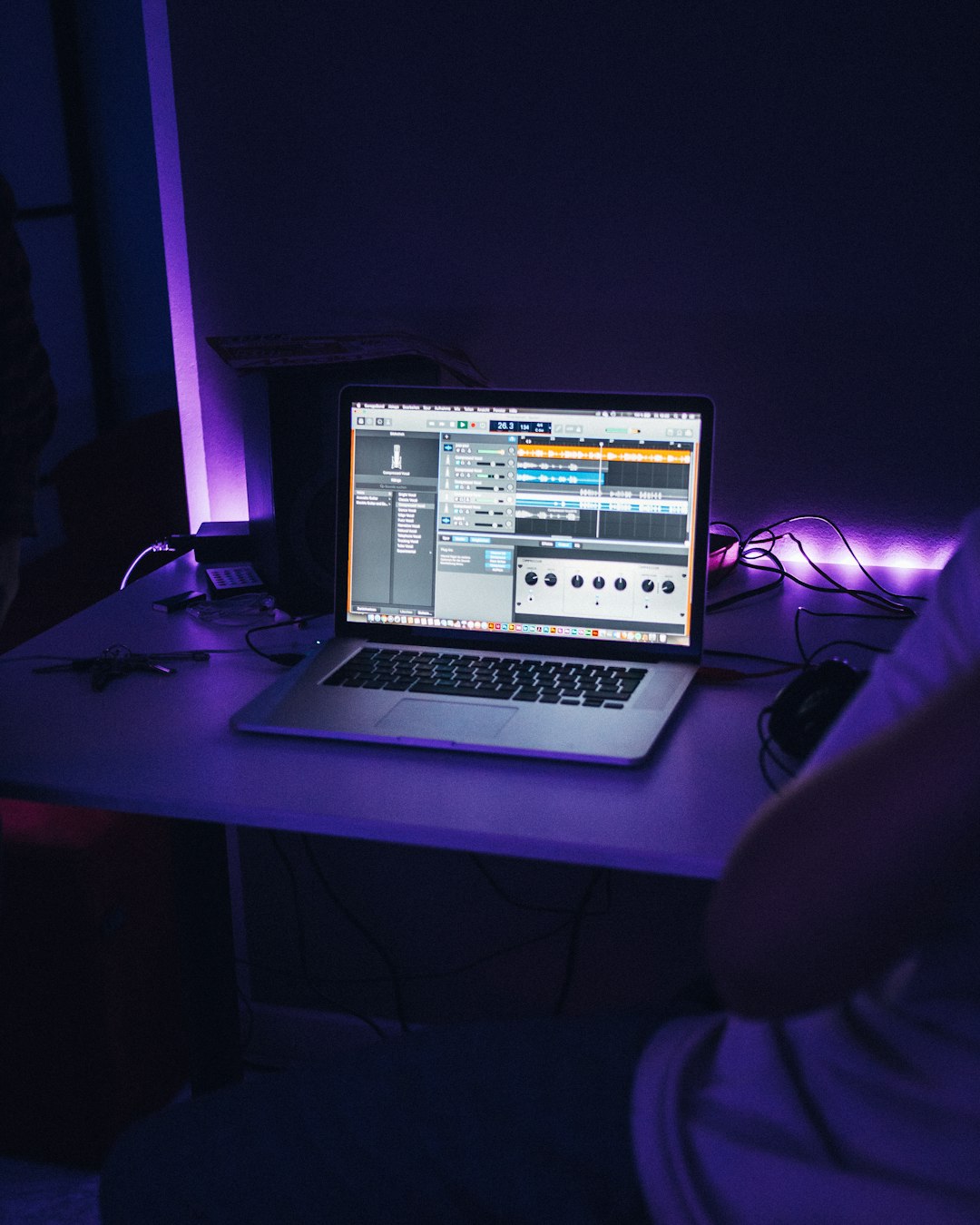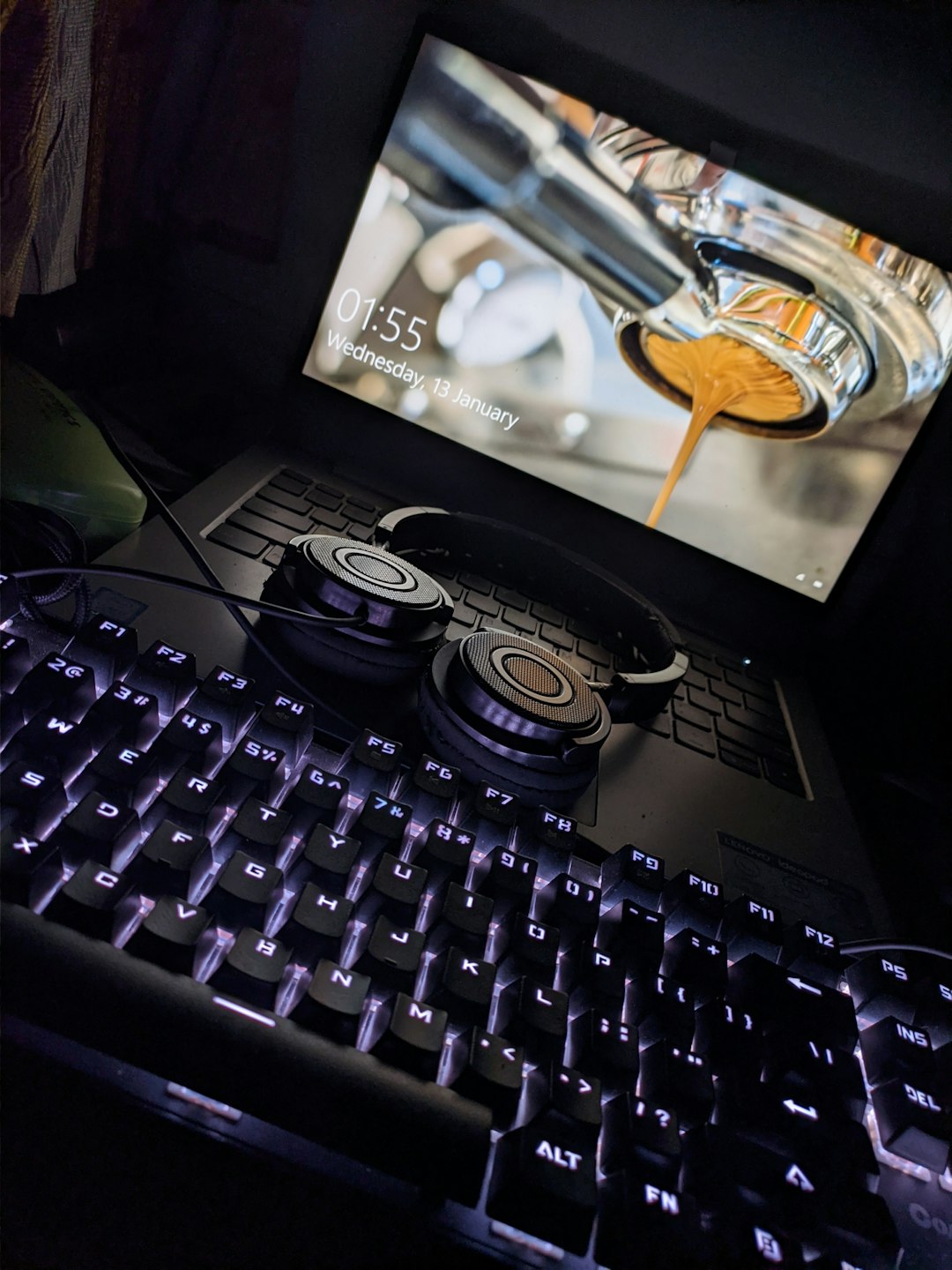In the evolving world of technology and software development, a growing number of programmers are turning to a more intuitive, immersive, and almost artistic approach to coding known as vibe coding. While not a formal methodology like Agile or Scrum, vibe coding embodies a distinctive mindset which combines deep focus, heightened creativity, and a personal environment of flow. It represents more than just an aesthetic choice—it signals a shift in how developers experience the act of writing code.
But what exactly is vibe coding? How does it differ from conventional development practices, and does it actually lead to better results? This article explores the core principles of vibe coding, its impact on productivity and developer well-being, and how to create the perfect environment to enter a focused, harmonious coding state.
Contents of Post
The Essence of Vibe Coding
Vibe coding refers to a practice where developers create an optimal mental and physical setting to write code not merely as a task, but as an expressive, flowing activity. Like musicians tuning into the rhythm or painters entering a creative trance, vibe coders attune themselves to a state where everything “feels right.”
This concept is deeply rooted in the psychological theory of flow state, introduced by psychologist Mihály Csíkszentmihályi. When developers enter flow, they often lose track of time, work more efficiently, and feel a stronger connection to their craft. Vibe coding is essentially the intentional pursuit of this state through environmental design and mental preparation.
Key Elements of Vibe Coding
Vibe coding is characterized by several essential components, each of which contributes to a more fluid and creative programming experience:
- Environment Setup: Developers intentionally craft their workspace—adjusting lighting, choosing music, eliminating distractions—to foster comfort and creativity.
- Mood and Atmosphere: A significant part of vibe coding is the emotional tone. Ambient music, especially lo-fi, synthwave, or instrumental tracks, is common. The mood aims to be relaxed yet stimulating.
- Deep Focus: Unlike multitasking or rapid task switching, vibe coding emphasizes immersion. Phones might be silenced, notifications disabled, and longer uninterrupted coding blocks prioritized.
- Minimal Friction Tools: Lightweight, well-configured development environments such as minimalist code editors, themed color schemes, and intuitive shortcuts help maintain flow.

Why Developers Embrace Vibe Coding
The traditional image of the overwhelmed programmer battling deadlines with energy drinks and dark terminals is fading. Modern developers are more mindful of their cognitive states and productivity levels. Vibe coding is an answer to the stresses of relentless productivity culture. Here are some of the reasons for its growing popularity:
Enhanced Productivity Through Flow
Scientific research has consistently shown that being in a flow state can dramatically increase performance. By reducing distractions and aligning with personal rhythms, developers can write cleaner code, solve problems faster, and feel more accomplished after each session.
Mental Health and Wellbeing
Burnout is a serious risk in tech professions. The deliberate act of setting a calm and controlled environment helps coders regulate stress and avoid the mental fatigue that comes with hyper-connectivity and context switching.
Deeper Creative Expression
Programming is not just about logic—it’s also a creative endeavor. Vibe coding opens space for experimentation, inventive refactoring, and aesthetic implementations that aren’t always accessible in fast-paced delivery environments.
How to Create Your Own Vibe Coding Experience
Adopting vibe coding doesn’t require significant investment, but it does involve attentiveness to your personal preferences. Here are some practical steps developers can follow to build their own vibe coding ritual:
- Design Your Space: Use ambient or natural lighting, a comfortable chair, and a tidy desk. Customize your development environment with themes and syntax highlighting that are easy on the eyes.
- Choose the Right Music: Create playlists that help you focus. Genres like lo-fi, ambient EDM, classical piano, or chill hop are common favorites. The goal is to maintain a background mood without becoming distractingly rhythmic or lyrical.
- Minimize Interruptions: Use do-not-disturb modes, browser extensions that block social media, and set boundaries with colleagues during coding sessions.
- Use Tools That Match Your Flow: Vim, VS Code, Sublime Text—whatever suits your rhythm. Plugins like session managers or auto-savers maintain continuity across workflows.
- Set Intentions Before Starting: Rather than jumping straight into code, take a brief moment to breathe, center your goals, and envision the outcome for the session.

Common Myths About Vibe Coding
While the term “vibe coding” may sound overly casual to some, there are a few misconceptions that should be addressed:
- Myth: It’s Just About Aesthetics. Though a visually appealing workspace can help, vibe coding is more deeply about mental state and workflow optimization.
- Myth: It’s Unproductive. In reality, many developers report significant boosts in output when in a focused, flow-heavy state enabled by vibe coding practices.
- Myth: Only Freelancers or Creatives Can Do It. Vibe coding is flexible enough to be practiced even within corporate environments, provided some adjustment and noise-canceling strategies.
Applications in Team Environments
While vibe coding may seem like a solitary practice, it can also be adapted to collaborative and enterprise settings. Pair programming sessions, for example, can benefit from mutual agreements about work atmosphere. Remote-first teams can encourage vibe-centric focus hours where messages are paused and deep work is prioritized.
Furthermore, companies that encourage developers to personalize their workspaces, allow flexible schedules, and reduce needless meetings often find that their engineering teams produce higher quality code faster. The silence or soundtrack of focus should not be mistaken for idleness—it often signals peak productivity.
Bringing Intention to Your Code
At its heart, vibe coding is about bringing presence, intention, and artistry to software development. It shifts programming from being merely task-oriented to something more reflective and personally engaging. Many developers describe it as writing code that “feels alive” or “flows effortlessly.”
As technology continues to evolve, the human aspect behind the code should remain central. Vibe coding is one tool—among many—that helps developers reconnect with the joy of problem-solving and digital craftsmanship. There’s no formula for it, but those who practice it often find themselves rekindling their passion for coding in a fast-moving world.
Conclusion
Vibe coding isn’t just about fancy setups, mood lighting, or background music. It’s about entering a state of mind that unlocks a deeper, more productive relationship with code. By cultivating an environment of calm, designing your workspace intentionally, and tuning into your natural rhythms, you can turn every coding session into a more meaningful experience.
Whether you’re a new developer or a seasoned engineer, consider exploring the art of vibe coding. The results may not just show in your codebase—they may also reflect in your long-term engagement, performance, and satisfaction as a programmer.

